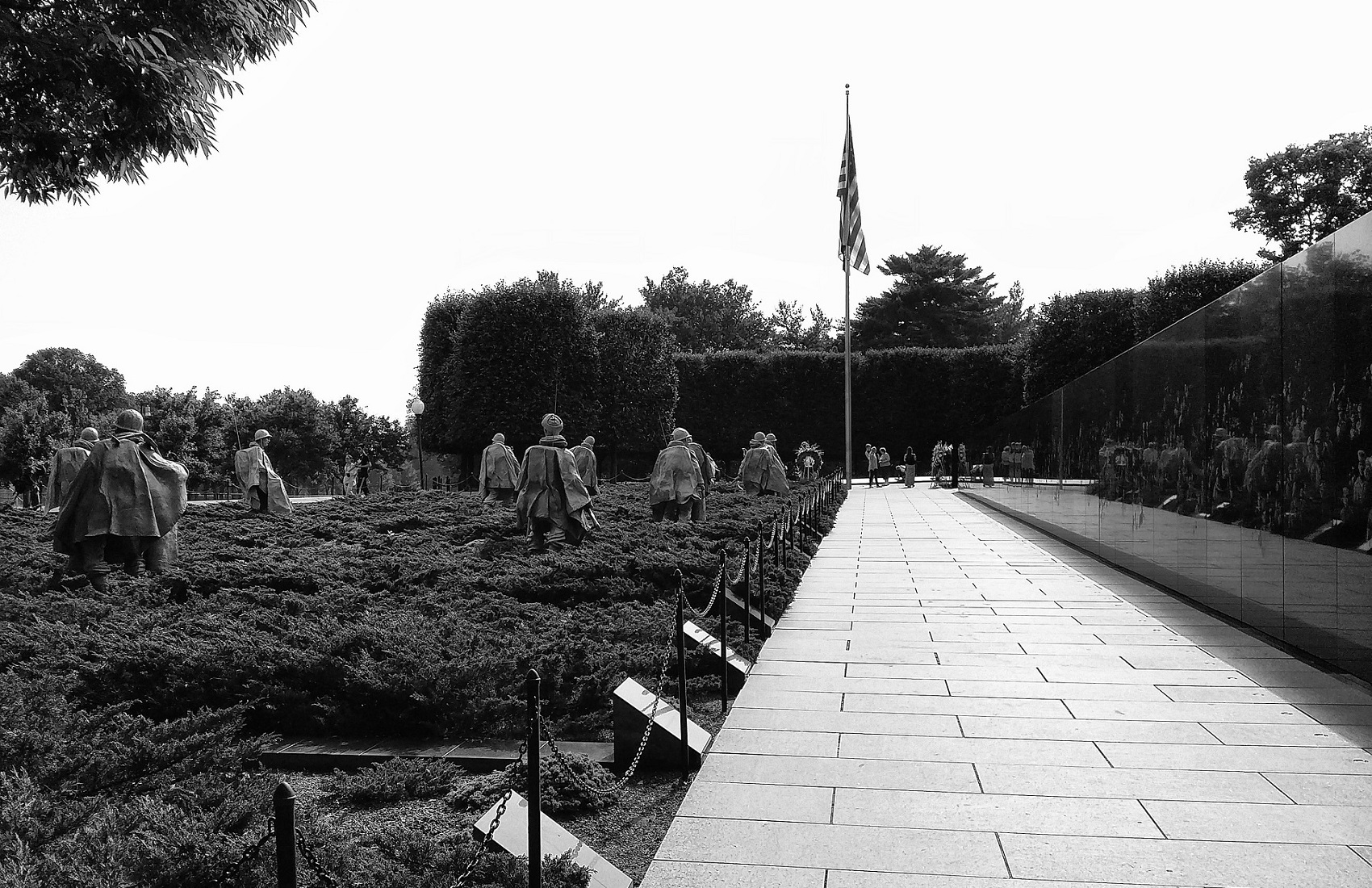
The Korean War of 1950-1953 is commonly referred to as a local military conflict between two opposing parts of what was once one country, which divided after World War II into South Korea and North Korea.
In fact, it was an indirect war waged at the hands of the Korean people by two politico-military systems, the “Soviet” and the “American” ones. Pro-communist North Korea was supported by the USSR and China, whose participation in this conflict was unofficial. A UN peacekeeping force took part in the fighting on the side of South Korea.
Pyongyang calls the war a Fatherland Liberation War, while Seoul refers to it as “the Troubles or the June 25 Incident. The military conflict, which took place more than half a century ago, is not officially over, as there have been no statements about its end. And the confrontation between the two Koreas continues even today.
The reasons that led Korea to war
We could foresee such a development of events in the summer of 1945, when soldiers of the armies of the USSR and the United States appeared on the territory of the Korean peninsula. After World War II ended and the peninsula was temporarily divided into northern and southern parts along the 38th parallel, the confrontation between them became increasingly tangible, although Korea was supposed to become a unified country over time. But the Cold War broke out, and with two opposing world systems clashing, it became virtually impossible to agree on reunification.
Therefore, North Korea developed under the patronage of the Soviet Union and became a communist country, while South Korea was more U.S.-oriented and followed a capitalist path of development. But both Secretary General Kim Il Sung and President Pi-seung Mann sought unification, but each saw a unified Korea under his own leadership. And at the same time both leaders understood that they can’t do without the use of force, so they were preparing for war.
The course of the war
Before 1950, Soviet and American troops left the territory of the peninsula, leaving not only military equipment, but also their military advisers. Skirmishes along the boundary line between the two Koreas occurred regularly, and the situation remained extremely tense until June 25, 1950, escalated into an armed conflict, which began with a surprise offensive by North Korean troops.
In the UN Security Council, the Korean issue was discussed on the same day, and as a result, an agreement was reached to provide military assistance to South Korea, while North Korea was ultimatumatically obliged to withdraw its military forces from the southern territories. These decisions were taken because, at the time, the representative from the Soviet Union refused to attend Security Council meetings and was unable to exercise his veto power.
On June 27, U.S. air and naval forces and on July 1, ground troops arrived to participate in the Korean War. In addition to the U.S., military formations from 16 other nations joined the fighting. Initially, the North Korean army was very successful and succeeded in routing the South Korean troops along with the peacekeeping forces. The North Koreans successfully conducted military operations near Suwon, Seoul, Nakgogang, Daejeon and Busan and as a result occupied most of South Korean territory. Enemy troops were pinned to the sea near the port of Busan.
General Dugpas MacArthur, Commander-in-Chief of the Peacekeeping Forces in Korea, succeeded not only in organizing a competent defense of Busan Port, but also in mounting a counter-attack by landing American landing troops in the port of Incheon. On September 15, Incheon was Incheon was taken, and a joint force of UN peacekeepers and the South Korean army successfully moved forward and recaptured previously lost territory. The North Korean troops were pushed back as far as the border with China. This meant that the entire territory of the Korean Peninsula could be occupied by American and South Korean forces.
Therefore, to prevent such a development, the Soviet Union and China decided to come to the aid of their ally. And by early November, Chinese troops (they were called “Chinese People’s Volunteers”) and Soviet MIG-1 5 fighter planes were already on the territory of Korea.
Until January 1951, hostilities were fought with varying success, but neither side made much progress. By July 1951, the opposing forces had taken up positions roughly along the 38th parallel, which is where the war had begun the year before. In July 1951, the enemies began talking about an armistice. Although negotiations had begun, hostilities still continued. Now the fighting shifted to the air, where American and Soviet pilots competed.
In the spring of 1953, Stalin died, and the Soviets decided that it was time to end the war. So, on July 27, 1953, in the village of Panmunjom, on the border of North and South Korea, a cessation of hostilities agreement was signed, which, in fact, marked the end of the Korean War. Under this agreement, a four-kilometer neutral demilitarized line was established between the two states, and the rules for the return of prisoners of war were defined.
Outcome
In this war, both sides suffered enormous casualties:
- Among those fighting on the North Korean side, more than 1.5 million people were killed and wounded, among them about 900,000 Chinese.
- Southern casualties reached nearly a million, more than 150,000 of whom were Americans.
- Civilian casualties on the Korean Peninsula reached about 3 million people.